Zhao Yushun: the last generation of Chinese smallholder farmers
A five-year road diary charts the rural shift from fields to worksites as villagers lease land and return as hired labour, with calls to cushion the old.
China’s traditional smallholder farming is consolidating into larger-scale operations run by large growers or agricultural companies. Villagers lease plots for roughly 600–1,000 yuan [84-140 U.S. dollars] per mu a year and often return as hired labour on the same fields.
Zhao Yushun, co-creator of the Bilibili and YouTube channel 遇真纪事 (Encounters with the Real), has spent the last five years documenting the change. On September 21, 2025, he delivered a talk at YiXi, a leading speech and presentation brand in the Chinese-speaking world, on what he had seen on the backroads.
His account sticks to particulars: the gleaner stooping for leftover sweet potatoes; the “nail field” held for a grandson’s Friday supper; a former migrant after forty years in town, back on the land—tinged with pastoral nostalgia for the smallholder era. Zhao does not urge reversal, though; he argues the state should cushion the transition with higher rural pensions and more dignity for the last generation of smallholder farmers. That blend of acceptance and concern broadly reflects sentiment inside China.
An article compiled from the live event transcript, the speech script, and the rehearsal was published on November 4 on YiXi’s WeChat blog alongside the video recording of his speech.
—Yuxuan Jia
种地能挣多少钱?这五年我们问了一千多位农民|遇真纪事 一席第1132位讲者
How Much Does Farming Pay Five Years, a Thousand Conversations with Chinese Farmers | Encounters with the Real, Yixi Talk No. 1132
时代交接处的中国农民
Chinese Farmers on the Brink of a New Era
21 Sept. 2025 Shanghai
Hello everyone, I’m Zhao Yushun, and together with Yuan Zhenzhen, I co-create the rural documentary channel Encounters with the Real.
From 2021 to 2025, we travelled across China to more than a thousand villages and towns—through rice paddies, dry fields, and orchards—speaking with over a thousand farmers, each with their own accent and story.
Through these direct conversations, we came to realise that we’re standing at the brink where traditional agriculture is giving way to modern agriculture, and our work over the past few years has been to document that brink.
So, on the brink of a new era, what is the current state of the land, the farmers, and the crops?
In March 2024, I witnessed a massive land-levelling project in Putian, Fujian Province. At a glance, the work was already 99 per cent complete.
The remaining 1 per cent was left unfinished because an elderly villager was still holding on to his small plot, growing vegetables there. His stubbornly tended field had become what is called a “nail field.”
An uncle who still held on to four-tenths of a mu [roughly one-sixth of an acre] told me that his grandson was attending high school in the county. He didn’t trust the cafeteria food there, so he wanted to make sure that every Friday, when the boy came home, there would be fresh vegetables waiting for him.
But most of the villagers around him had already leased out their land, usually at 600 to 800 yuan [84-112 U.S. dollars] per mu per year, to large growers or agricultural companies that planned to cultivate it with machines on an industrial scale.
So why do smallholder farmers choose to lease out their land?
The local villagers gave me a simple answer: the young have left, the old can’t manage the work anymore, so the fields are leased out.
Those three short sentences are simple enough, yet each carries enormous weight. And in fact, that’s not the whole story; there’s another group of people in the villages, those who left and then came back.
Those Who Left and Then Came Back
In August 2022, by the banks of the Hongshui River in Dahua County, Hechi, Guangxi Province, I met two men in their seventies. In their younger years, both had left home to work in Guangdong—one spent decades in Dongguan making toys, the other hauled stones on construction sites in Shenzhen. They had worked for decades, until age caught up with them and they were let go.
At the time, I didn’t pay much attention to the two men’s change of work, but over the next two years, as I travelled through villages and towns across Henan, Hubei, Hunan, and Jiangxi Province, I kept hearing the same kind of life story again and again: those who had gone to cities as migrant workers when they were young returned to the countryside after turning sixty, farming once more while trying to find temporary jobs whenever possible, becoming “elderly migrant workers.”
One of them, a man I met in Zhuzhou, Hunan Province, left a particularly deep impression on me. It was the summer of 2023, and the sun was so fierce it burned the skin. As I walked along a ridge between the fields, I saw him put on a safety helmet as a sun hat before stepping down into a lotus field to work.
Later, in a tobacco field in Yongzhou, Hunan Province, I met another man, sixty-six. He had once worked for a boss in Wuhan, building houses on construction sites or reinforcing embankments along the river—hard, exhausting labour. In his own words, “When a farmer goes to the city, all he has to sell is his strength.”
After he turned sixty, the boss stopped calling him for work. The man said he didn’t blame the boss; he simply packed a few clothes and took the train back home.
Back in his village, he rented his land to a contractor and was then hired by that same contractor to work in the tobacco fields. But there was only work when tobacco needed tending, so on average, he worked just a few days each month. On the days he did have work—eight hours a day—he earned 140 yuan [19 U.S. dollars].
That pay was actually quite decent. Four months later, in September 2023, I learned at a kiwi orchard in Xianyang, Shaanxi Province, that local women earned only 50 yuan [7 U.S. dollars] a day for picking kiwis for eight hours.
I asked several of the women why the pay was so low. “Having any work in the village is already something,” they said. Even then, it wasn’t steady: they worked only to the rhythm of the kiwis’ growth—fertilising, spraying pesticides, pruning, and harvesting—for just a few days each cycle.
The women’s workday usually ran from 8 a.m. to 5 p.m., with a one-hour break at noon. Meals were provided by the boss. That day, lunch was a bowl of dough-drop soup. They sat in a row on the steps outside the boss’s reception room, quickly finishing their soup before heading back to the orchard at 1 p.m. to keep picking kiwis.
They picked until 5 p.m., when someone shouted, “Work’s over!” At once, the women who had been busy among the kiwi vines stopped. Some hopped on their electric two-wheelers and sped off; others, lunch bowls in hand, walked home in small groups. Watching them, I was reminded of myself as a child, bolting from the classroom the moment the school bell rang.
In fact, the women were all local villagers, and the kiwi orchards they worked in were the very same fields they had rented out to the boss at 1,000 yuan [140 U.S. dollars] per mu per year.
Whether it was the uncle in the tobacco fields of Hunan or the aunties in the kiwi orchards of Shaanxi, they were still working on their own land, yet everything had changed in a strange and fundamental way:
The farmland had turned into a worksite, and the farmers had become workers.
So, when farmers lease out their land and that land becomes a worksite, can they still earn enough to meet their needs?
Gleaners of Our Time
Zhenzhen’s hometown is a small town in Zhanjiang, Guangdong Province. Around ten years ago, an agricultural company from Heilongjiang Province travelled nearly 4,000 kilometres south, leased all the surrounding farmland, and began planting sweet potatoes there.
Over the past five years, Zhenzhen has watched the sweet potato fields behind her house yield two harvests a year. Each time, the boss hires more than a hundred women from nearby villages to pack the machine-dug sweet potatoes into boxes right in the field, then load them onto trucks bound for markets all across the country.
In recent years, these sweet potatoes have become quite well known. You might spot them in premium supermarkets.
But a few small ones are always left buried in the soil. The boss doesn’t bother hiring workers to collect them—the labour cost isn’t worth it—so elderly villagers usually pick them up. I remember one woman most vividly: over eighty, her back already bent with age, yet she still carried two fertiliser sacks as she dug for the leftover sweet potatoes in the field.
She was, in fact, a gleaner of our time.
Gleaning is an ancient tradition practised from East to West, and from past to present. But in an era when so much farmland has been leased out, gleaning has taken on a new and more immediate meaning.
The elderly woman told me she gathered the leftover sweet potatoes mainly to feed her chickens and ducks; if she found good ones, she would cook them for herself. So after the land was leased, even before the question of whether villagers still had enough vegetables or grains arose, their poultry were the first to be affected.
I saw the same thing in Yunnan. In March 2025, in Songming County, one of the province’s major vegetable-producing areas, I stood inside a vegetable factory surrounded by mountains of produce. The company, I assumed, was also following a premium-market model, stripping away the outer or less-perfect layers.
That afternoon, I saw several villagers from nearby carrying woven plastic sacks, picking up discarded vegetable leaves. They told me they were taking them home to feed their chickens and ducks, since all the village land had already been leased to bosses who grow greenhouse vegetables.
I asked why everyone had leased out their land. One uncle, bending down as he picked, said, “The boss offered more than a thousand yuan per mu per year. If I planted grain myself, after a whole year of hard work, I’d earn about the same.”
He connected the income from farming directly to the inevitability of leasing out the land. So, how much can one actually make from farming?
How Much Farming Pays
In recent years, I’ve looked into this question closely. Let’s go back to August 2022.
By the banks of the Hongshui River in Dahua County, Hechi, Guangxi Province, the uncle who had worked for over twenty years at a toy factory in Dongguan—before being laid off because of his age—did me the math.
Take the corn he was growing then: seeds, pesticides, and fertiliser cost about 400 yuan per mu. In a good year, the yield was around 500 kilograms. At 2.4–3 yuan per kilogram, net income per mu was 800–1,100 yuan. With two crops a year, that income could, of course, be doubled.
But the uncle stressed that the calculation excluded labour—the time spent planting, tending, and harvesting the corn. Later, I learned that across China, most smallholder farmers agree not to count their own labour when calculating farming income, because once they do, they realise how uneconomical it is.
In Guangxi’s Hechi region, where he lives, karst terrain makes up about 65 per cent of the total area. To tourists, it’s beautiful, but to farmers, it’s all barren limestone hills where nothing grows. Arable land is extremely scarce; even corn can only be planted in narrow cracks between the rocks.
I couldn’t help but wonder: on the plains where large-scale mechanised cultivation is possible, how much could farming pay?
In October 2022, we travelled to the North China Plain.
With the same crop—corn—the vast, level North China Plain is fully mechanised, which, to southern farmers, looks at first glance like a dream scenario.
We visited the area around Shijiazhuang, Hebei Province. Passing through Zhengding County, we were drawn to a grain depot piled high with golden corn. The corn belonged to a 59-year-old man who worked as a grain wholesaler. That very morning, he had shipped a batch of corn north to Inner Mongolia.
I told him that farming corn in Hebei seemed much easier than in Guangxi. “We rely on machines here,” he said. “It’s definitely less exhausting. But the problem is, land per capita is only one mu. If you want to make money from farming, you have to lease land on a large scale.”
In fact, that logic applies nationwide. China’s third national land survey shows that by end-2019 the country had 1.918 billion mu of arable land, an average of just 1.36 mu per person, or 5.44 mu for a family of four.
So, as the man explained, in the Shijiazhuang area, most people now choose to lease their farmland to large growers or agricultural companies and make a living instead by working elsewhere. “Because you can’t afford to carry on slogging in the fields,” he said.
He used the word “slog,” which describes a way of life.
Indeed, a small patch of land can hardly support a family. But what about the vast, sparsely populated Northeast China? Would things be different there?
In August 2023, we set foot in Northeast China for the first time. In Baiquan County, Qiqihar, we met an elderly man in his eighties. Just beyond the grove behind him lay his household fields.
His family owned fifty mu of land, something unimaginable for a single household in southern China. Yet there it was: fifty mu of rich, fertile black soil. Half of it he planted with corn, the other half with soybeans. In years without droughts or floods, each mu of corn brought in a net income of about 700 to 800 yuan, and each mu of soybeans about 400 to 500 yuan. But because of the cold climate, he could grow only one crop per year, which meant his total annual income from all fifty mu was just over 30,000 yuan.
He told us that his children had long since left—some to nearby cities, others farther south, leaving the Northeast.
With such limited returns from staple crops, we began to wonder:
What About Cash Crops?
In April 2023, Zhenzhen and I decided to launch a documentary series titled Observation of China’s Cash Crops. To date, we’ve released fourteen episodes. Through the lens of cash crops, we hope to better understand land, farmers, and crops.
Cash crops come in many kinds. The first category, as I put it, depends entirely on “the grace of heaven.” Take, for example, the core production areas of Xinyang Maojian tea in Henan Province or Taiping Houkui tea in the mountains of Huangshan, Anhui Province.
From talks with local tea farmers, we learned the returns can indeed be impressive. In Houkeng Village, when we visited this April, a community bulletin proudly reported that in 2019, the average annual income of residents in the Houkeng villager group exceeded 200,000 yuan.
But that prosperity is limited to a minority of tea growers high in the mountains; in the foothills, most farmers struggle to make ends meet and rely on migrant work to supplement their household income.
Beyond weather, cash crops are also at the mercy of the market.
Take jasmine, for example. It can be made into scented tea, essential oil, or sachets. In August 2024, we visited Hengzhou in Guangxi Province, a county-level city that produces 60% of the world’s jasmine flowers.
The purchase price of jasmine fluctuates like stock prices, changing in real time. When we visited, it had risen above 80 yuan per kilogram, and every flower farmer I spoke with confirmed it was the highest price in history.
Naturally, the farmers were delighted by the boom, though one man voiced a slight worry: “The price is great this year, but will it be good next year?”
His words proved prophetic. By 2025, jasmine prices had plunged and stayed below 20 yuan per kilogram for most of the year. When we returned to Hengzhou in mid-August, the price had only just rebounded slightly to under 30 yuan.
When prices fall, farmers have two choices: pick the flowers and sell them cheap, or leave them to bloom. Once jasmine blossoms open, the fragrance dissipates, and the market value drops to zero.
Scenes of unsold produce like this are common across China. Whether prices rise or fall, the farmers at the start of the agricultural chain—the ones who work the hardest—have the least power; they have no say in setting prices.
When the market turns unfavourable, wholesalers, processors, and consumers can stop buying, but flower farmers have already sunk their costs.
Beyond weather and markets, growing cash crops also depends on technology and production costs.
Take Maoming, Guangdong—the world’s largest lychee-producing region. On visits there over the past few years, I was struck by the ageing of its lychee farmers.
This elderly grower, hair already grey, was 76 years old and had been growing lychees for over four decades.
He once had more than a hundred lychee trees, but age has caught up with him. Now he has abandoned the hillside groves, keeping only about thirty trees on the flat land where they’re easier to manage.
The hillside lychee plots sit on 40–50-degree inclines, so farmers lay makeshift rail tracks and slide the harvested fruit down.
But on the higher, steeper slopes, everything must be done by hand.
Most lychee farmers’ children have long since taken jobs in the Pearl River Delta. When the elderly can no longer tend their orchards, the trees are either left untended or leased to large growers and agricultural companies.
In lychee farming, two stages are crucial: harvesting and spraying. Smallholders still spray by hand; in recent years, agricultural companies have widely adopted drone spraying, sharply reducing labour. Their scale also brings lower per-unit costs for pesticides and fertilisers, and far more online and offline sales channels than smallholder farmers can access.
In sum, smallholder farmers earn little from staple crops; with cash crops, they lack the capital, technology, and sales channels to compete with agricultural corporations. As a result, once the older generation can no longer farm, their household land can only be leased out.
And for many of you here today, if your family comes from a rural area, chances are your household’s land has already been leased out at a few hundred to a thousand yuan per mu per year.
Documenting the Last of Chinese Farmers
With all this in mind, a second look at the photo of that “nail field” makes clear why the vast majority of villagers have chosen to lease out their land.
In recent years, nationwide, large growers leasing smallholders’ plots and smallholders working for those same growers has become a trend in full swing. The elderly man in the photo can still hold on to those field ridges for now, but in a few years, will his children and grandchildren still be able to?
In my view, this generation of elders represents the last of China’s traditional farmers. When they leave the stage, it will mark the end of the smallholder era that has lasted for five millennia.
Each time I see one of these bent-backed elders in the fields, I’m deeply moved. They lived through the Great Famine, helped build reservoirs, paid grain taxes, and—those a bit younger—left home after reform and opening up to work in the cities, only to return to the land after sixty. Their entire lives have been contributions to the nation’s development.
In 2019, on the 70th anniversary of the founding of the People’s Republic of China, Xinhua News Agency published a commentary titled Farewell to the Agricultural Tax:
Between 1949 and 2000, Chinese farmers paid more than 700 billion kilograms of grain to the state. From 1949 to 2003, the cumulative agricultural tax collected nationwide reached 394.566 billion yuan. It was this “nourishment of agriculture” that enabled the People’s Republic to build a relatively complete industrial system from a foundation of near total poverty.
For this generation of rural elders, their deepest collective memory, aside from turning over grain to the state, is the building of reservoirs.
From 1958 to 1960, the city of Zhanjiang constructed the Hedong Reservoir, known as the largest “manmade sea” in Guangdong, along with a supporting canal called the Leizhou Youth Canal, so named because most of the 300,000 labourers recruited for the project were young people.
Zhenzhen’s grandmother, Liang Xiuzhen, was among the 300,000 youths. She recalled villagers gathering before dawn and, after walking all the way to the county train station, arriving after dark. Exhausted and hungry, they lay down and fell asleep on the carriage floor.
In August last year, we took Zhenzhen’s grandmother back to the Leizhou Youth Canal—her first return since its completion 64 years ago. She was no longer the strong young woman she had been, but an elderly woman who walked with difficulty. As I held her hand along the viewing platform, she leaned on her cane and said something that shook me to the core:
“Canal, oh canal. Today I come to see you with a walking stick.”
I couldn’t help but wonder: How many people still remember the 300,000 young men and women who once built those reservoirs and canals? And how many truly care about the contributions made by this generation of rural elders?
At each National People’s Congress, delegates propose raising farmers’ pensions. I have also written to the Ministry of Human Resources and Social Security and the Ministry of Agriculture, advocating the same. To be fair, pensions have risen each year: in 2025, the minimum monthly basic pension for urban and rural residents increased by 20 yuan to 143 yuan.
Many of the farmers who contributed to China’s industrial development have already passed away, like my own grandparents. And precisely because of that, we should cherish and care even more for those elderly farmers who are still with us today.
This, in fact, is the central theme and driving force behind Encounters with the Real. Both Zhenzhen and I grew up as left-behind children, raised by our grandparents.
This is my grandmother, Liu Wanxiu. She never learned to write her own name, because she never went to school for a single day.
Yet it was this so-called “illiterate” woman who, when I was a small boy, told me: “Shun, one day you must go study in Beijing; if not Beijing, then Shanghai.” She never mentioned Guangdong, because in our village, young people went there to work in factories.
I took her words to heart, studied as hard as I could, and eventually got into a regular college. In recent years, much has been said about the struggles of “small-town exam kids” [who excel in exams but face limited paths after higher education]. But in truth, those “small-town exam kids” are already the one in a hundred who make it. Zhenzhen and I are part of the other ninety-nine.
I studied journalism; Zhenzhen studied Chinese. When I began job hunting, I sent résumés to many major media outlets; they sank without a trace, and the only replies I got were automated.
Eventually, I found a job at a local newspaper, running around city streets every day. I wrote many stories and learned a lot in the process, yet something always felt off.
Stories like the opening of a new high-speed railway or the renovation of an old neighbourhood were, of course, important for the city. But I couldn’t shake the sense of disconnection, and yet I didn’t know what to do.
Zhenzhen felt the same way. We both realised that, as two young people from rural towns, we had worked so hard to master the craft of communication, yet we weren’t using it to tell the stories of the people and the land we cared about most. And that didn’t sit right with us.
That’s how Encounters with the Real was born. We each took one character from our names, and with our cameras, began to record the world around us. Over the past five years, we’ve documented villages, farmland, farmers, and crops. And for at least the next five years, we will keep moving forward.
Finally, I want to say to my grandparents, Liu Wanxiu and Zhao Fuchun, who are now in heaven:
Your grandson never made it to a university in Beijing. But today, he is standing on a stage in Shanghai.
Grandpa, Grandma, I miss you very much.
Thank you, everyone.
David Daokui Li calls for 1.25 trillion yuan pension increase for Chinese farmers
David Daokui Li is a Professor of Economics and Director of the Academic Center for Chinese Economic Practice and Thinking (ACCEPT) at Tsinghua University. He has been very active on Chinese social media, including opening a video channel on WeChat, China’s top messaging app, releasing a short video of him talking daily. He posts the same videos on his …
Zhou Tianyong: Why Massive Properties and Land Remain Idle and Only the Market Can Revitalise Them
Zhou Tianyong is Director of the National Economic Engineering Laboratory at Dongbei University of Finance & Economics and Director of the Economic Accounting and Innovative Development Committee, China Society of Economic Reform (CSER). He is also former Deputy Director of the
Part I of Wei Jiayu: statistical discrepancies and systemic barriers of China's migrant and left-behind children
Hi, this is Yuxuan Jia in Beijing. Following the publication of Professor Lu Ming's advocacy for "spatial restructuring" in China's urbanization process and Professor Zhang Dandan's study on adulthood criminality among left-behind children, the third installment of the April 27 online seminar organized by
Zhang Dandan: "very strong correlation" between left-behind childhood and criminality in adulthood
Hi, this is Yuxuan Jia from Beijing. Following Lu Ming's presentation, today's post focuses on a quantitative econometric study examining the causal relationship between being left behind in childhood and committing crimes in adulthood. Same as Professor Lu, this presentation was originally delivered at an April 27 online seminar organized by
Beijing's food security concerns "overstated," Huang Jikun says, urging yield over acreage, farmers benefit over security obsession
China’s food security challenge is more limited than the government believes, and policy should encourage increasing yields with technology rather than expanding acreage, Professor Huang Jikun of Peking University recently says in a speech.
Beyond LGFVs: three types of hidden debt unaccounted for in China's official stats
The debts accumulated by Local Government Financing Vehicles (LGFVs), often referred to as China's hidden debts due to their association with government liability, are widely known among observers of China's economy. However, in a recent speech and Q&A




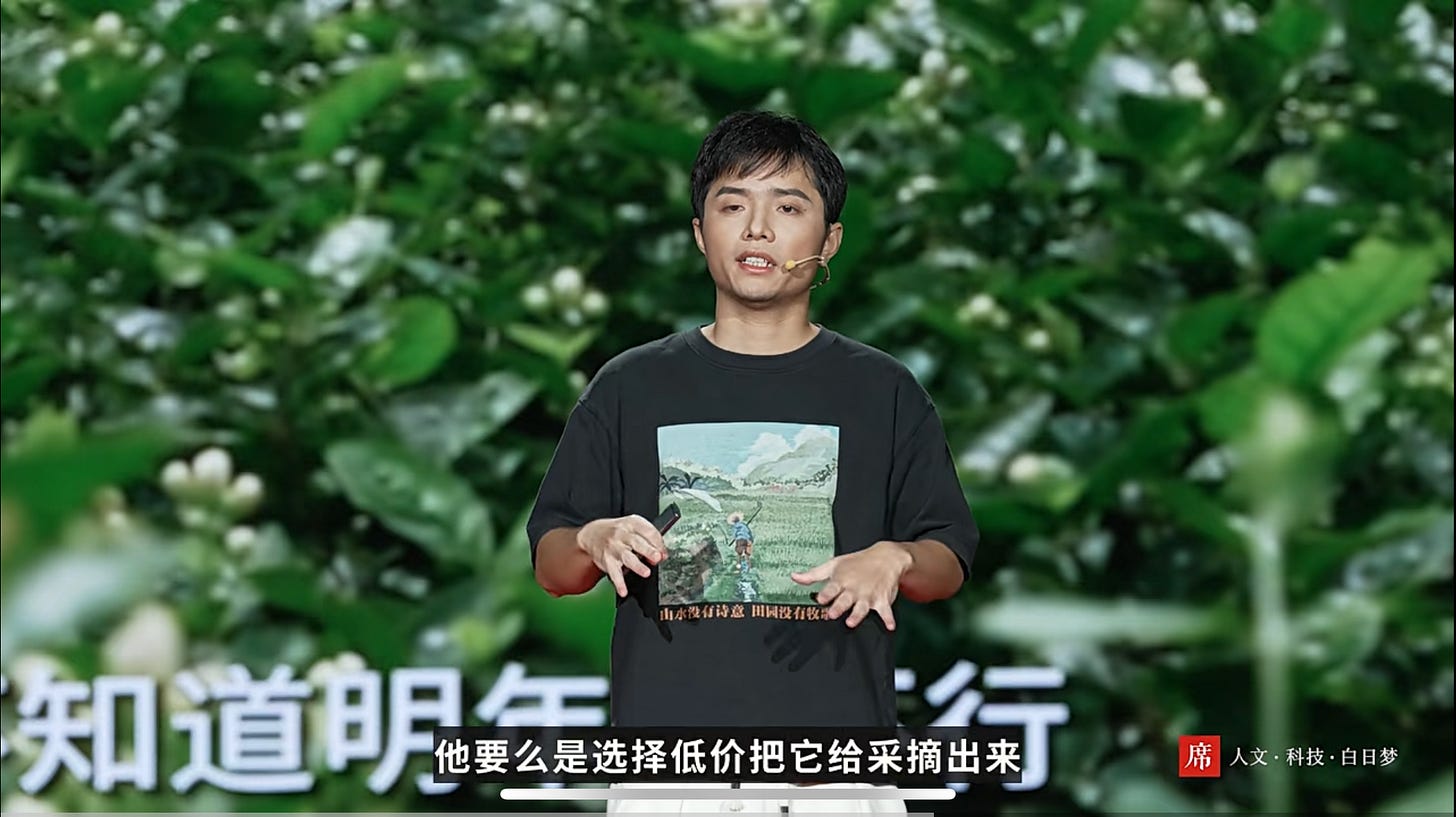
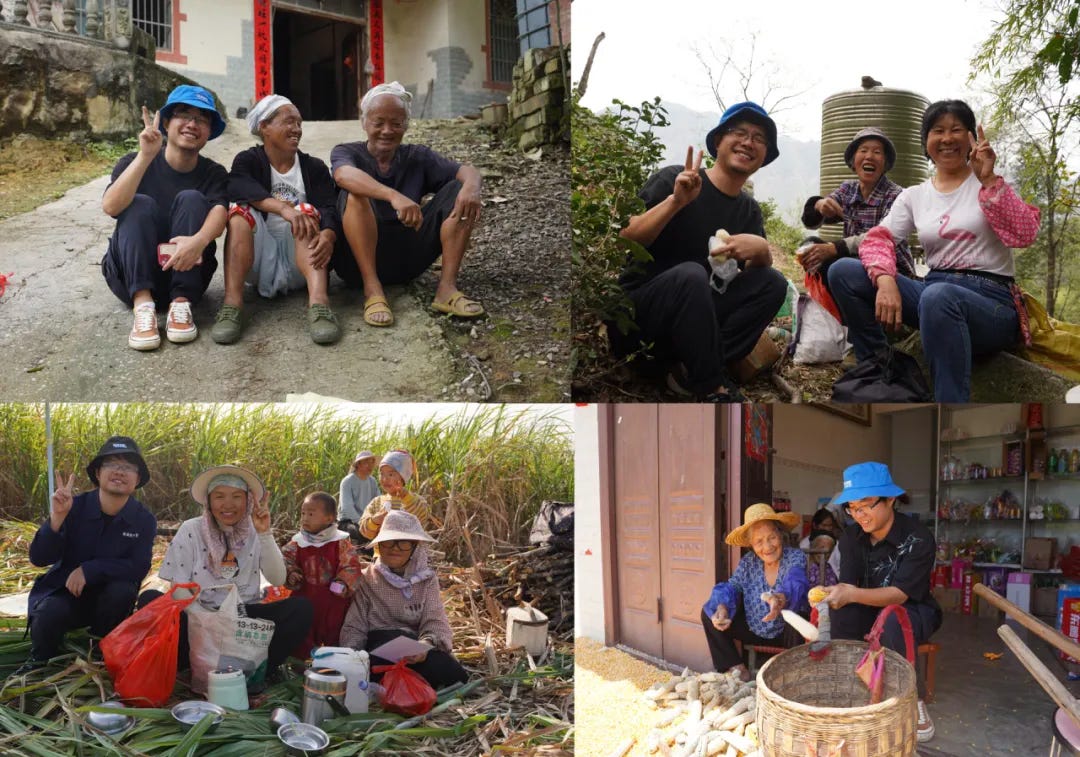
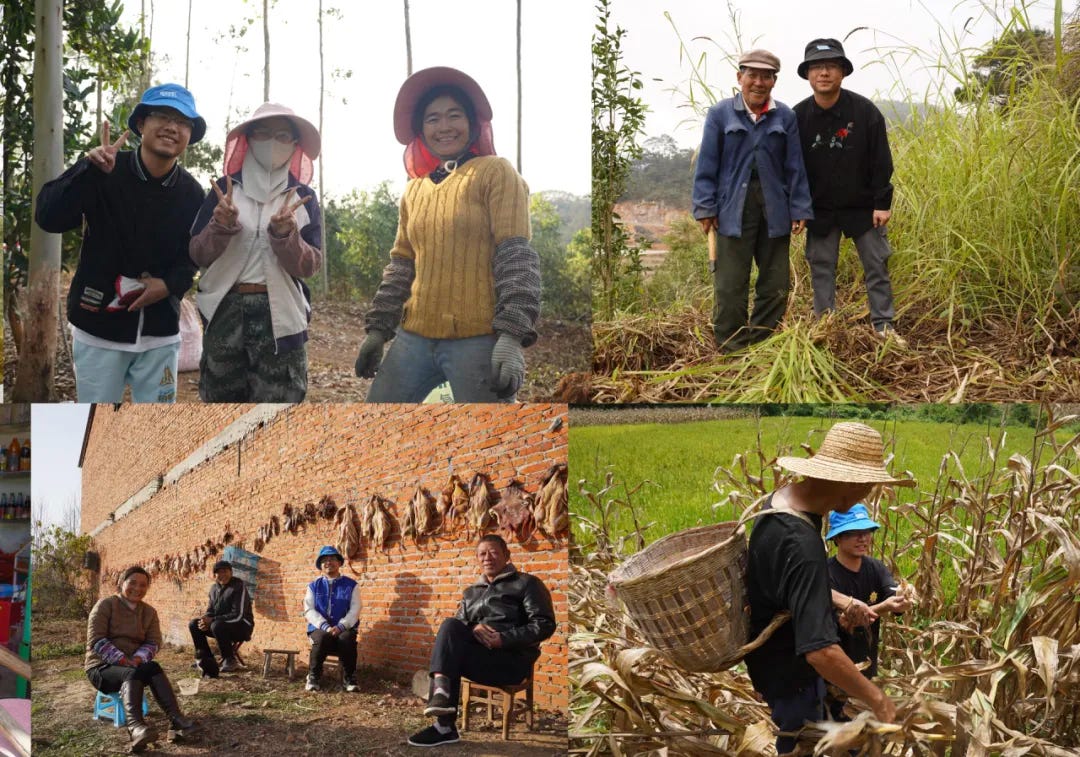
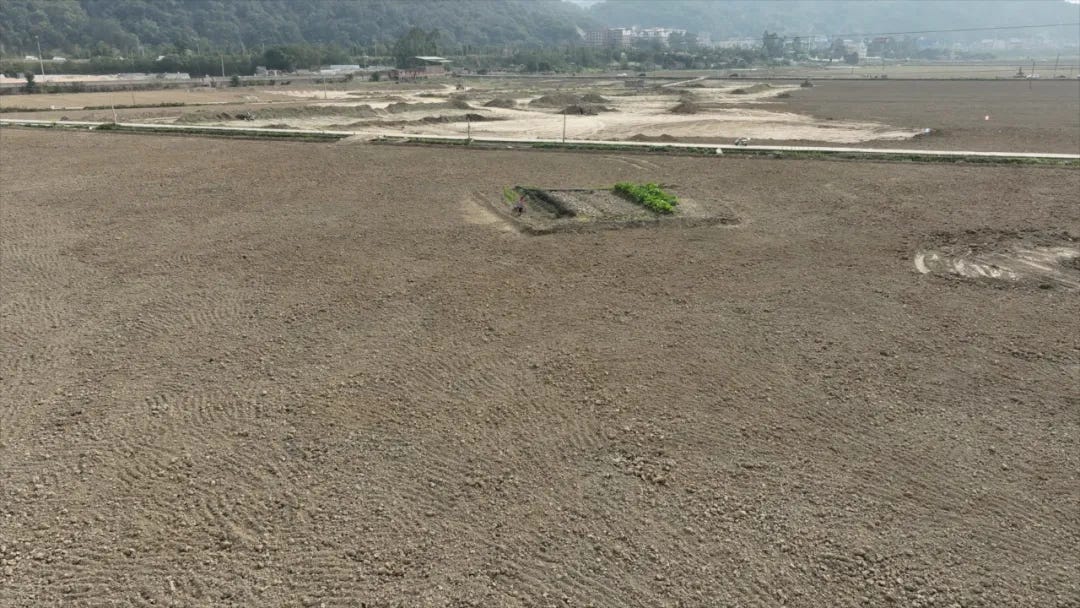
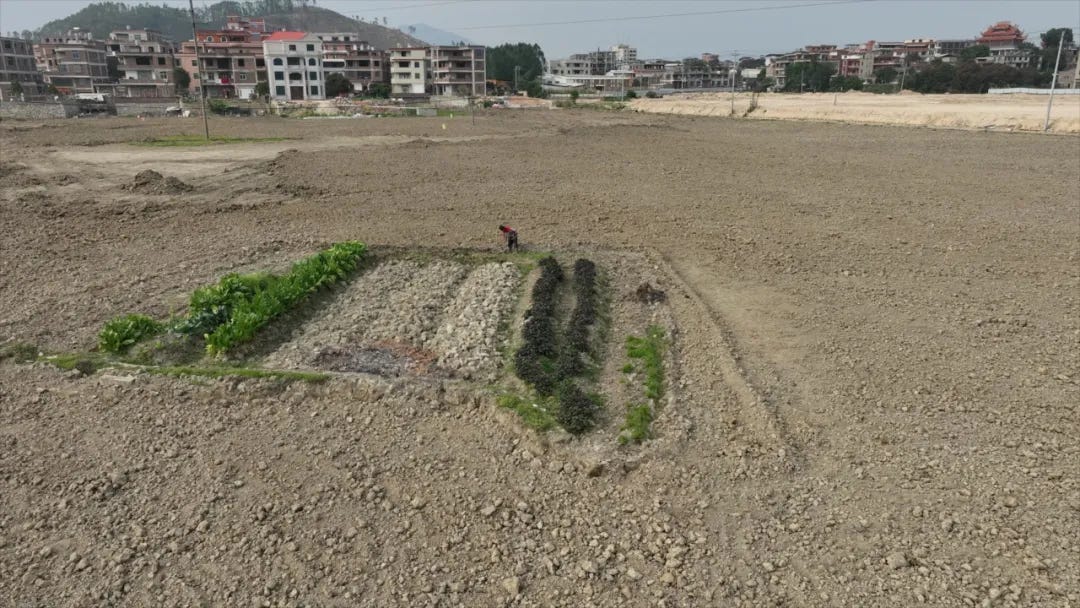

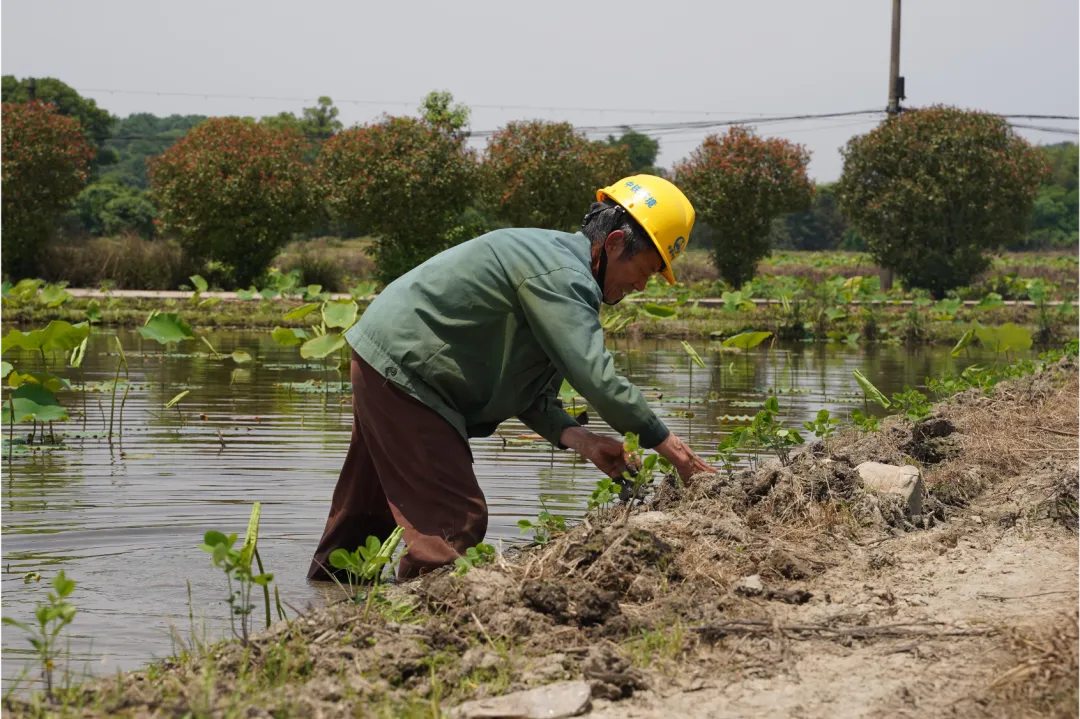

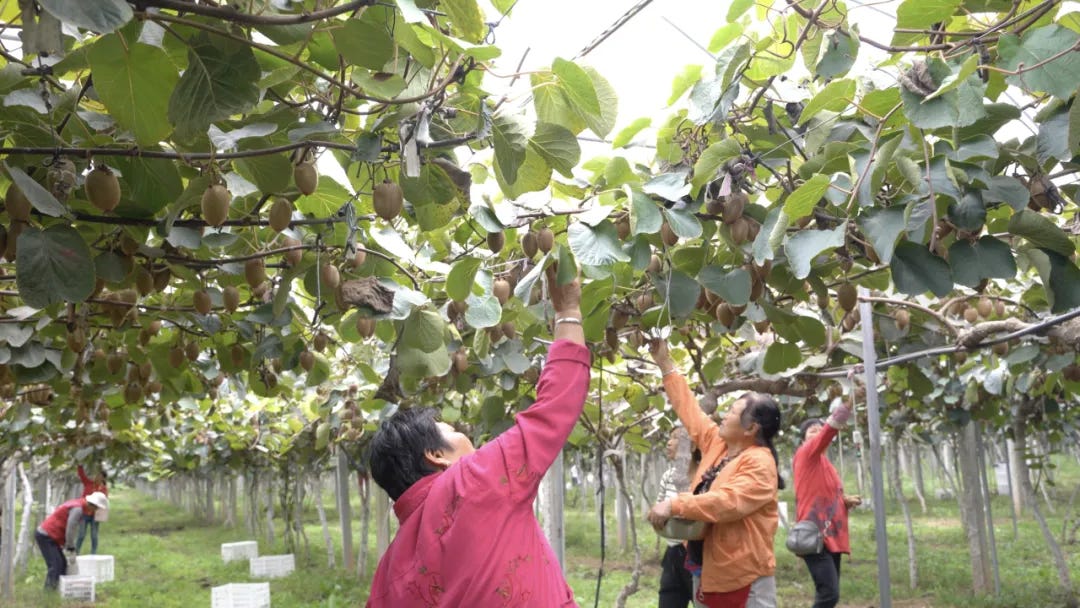
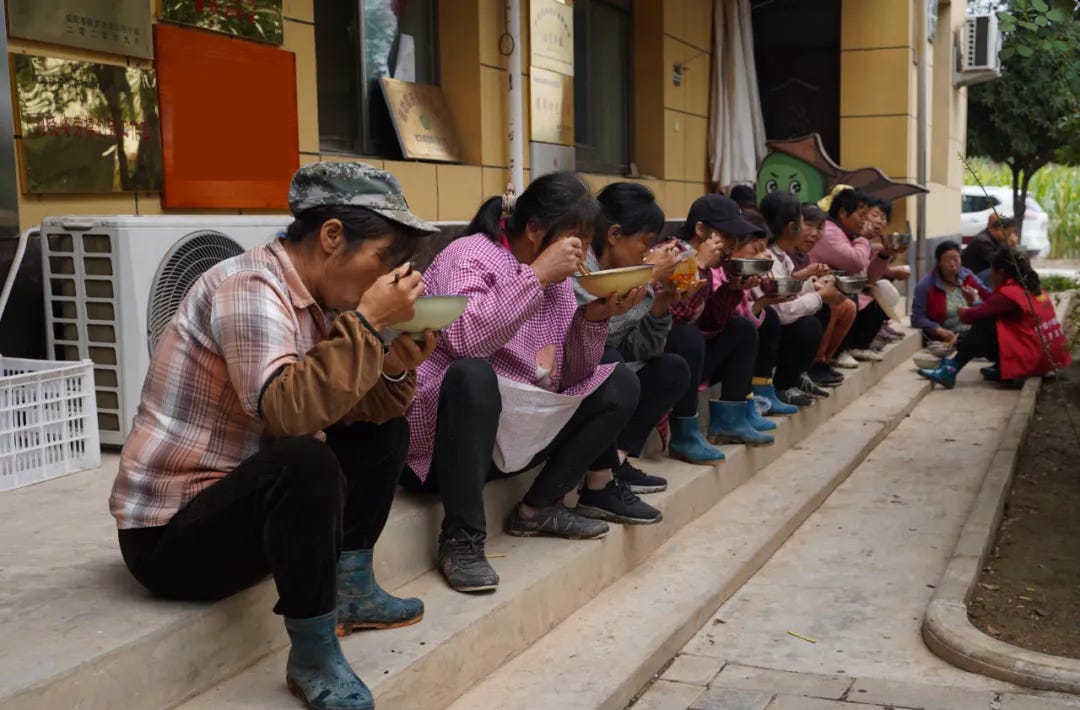

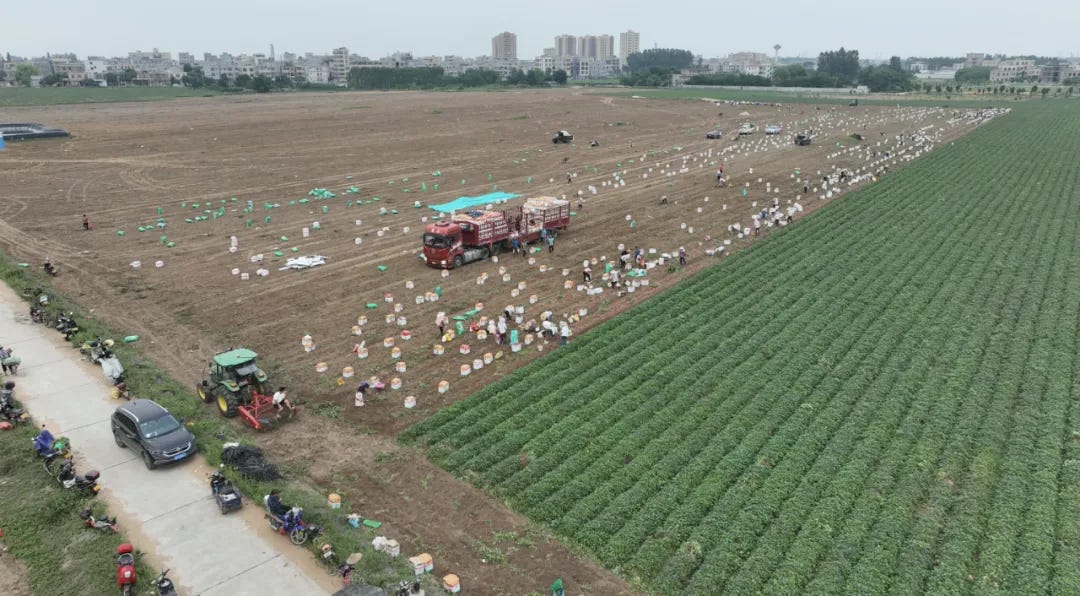
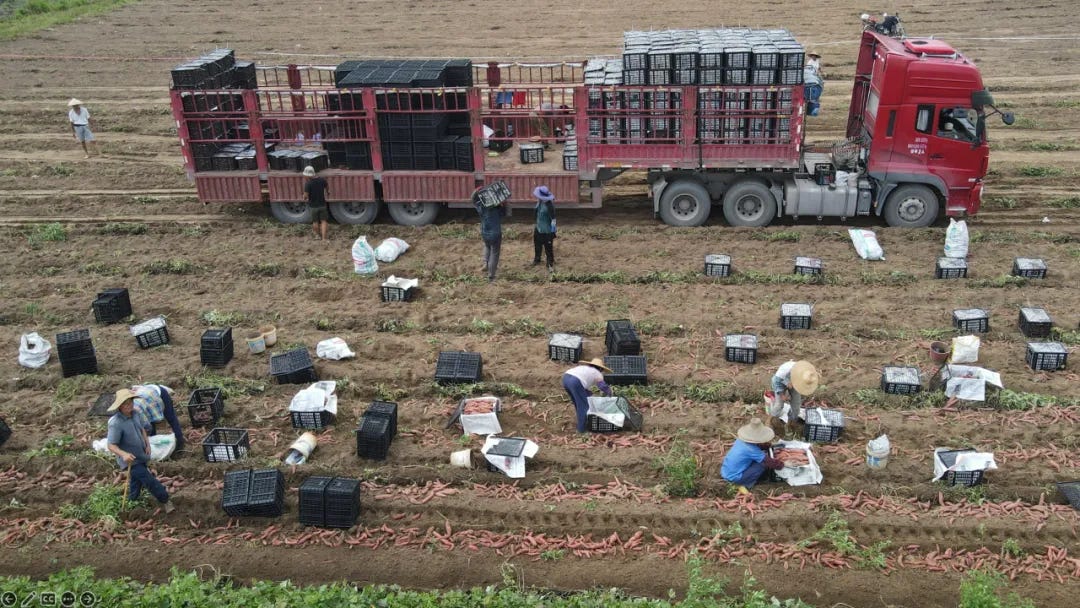

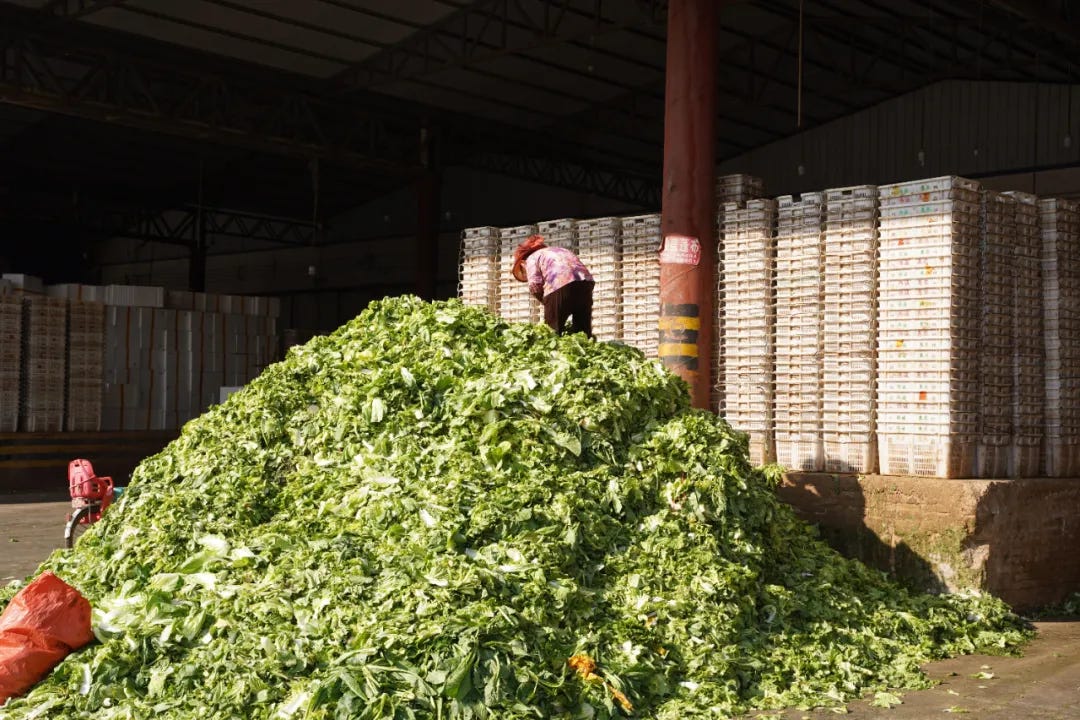
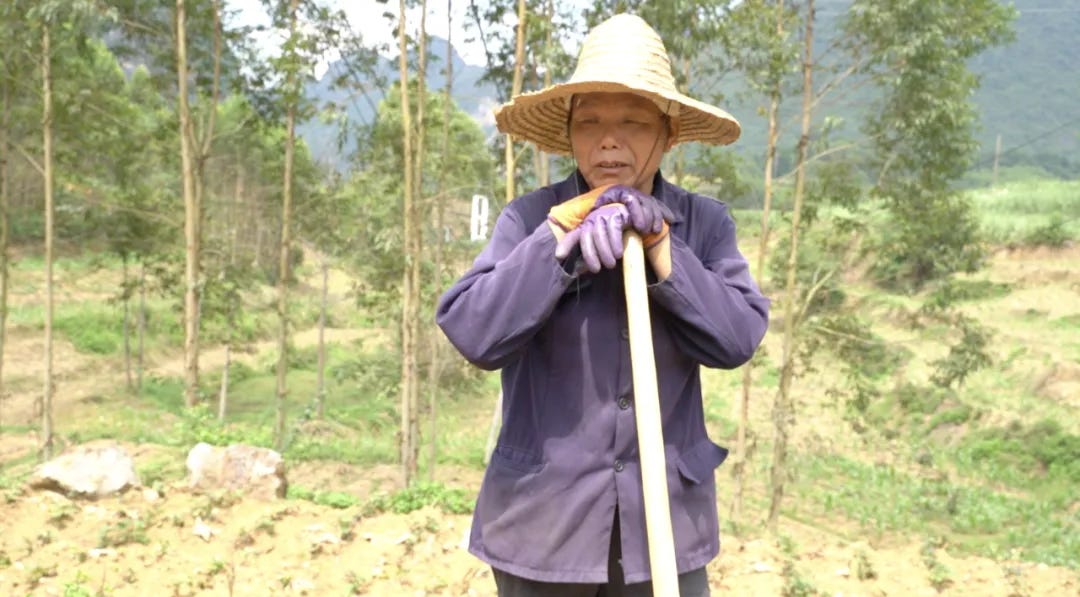

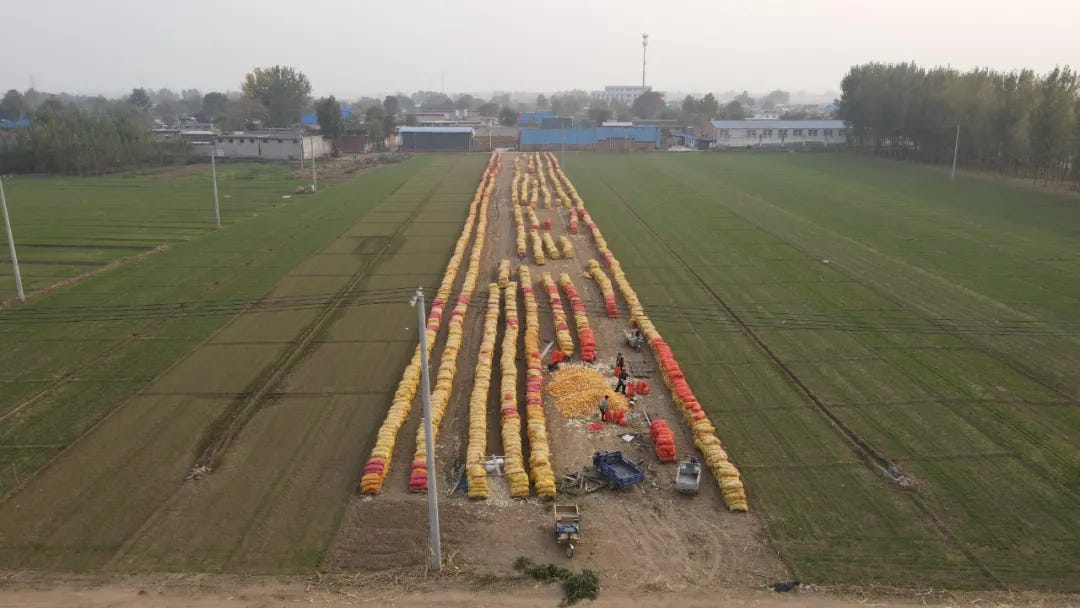
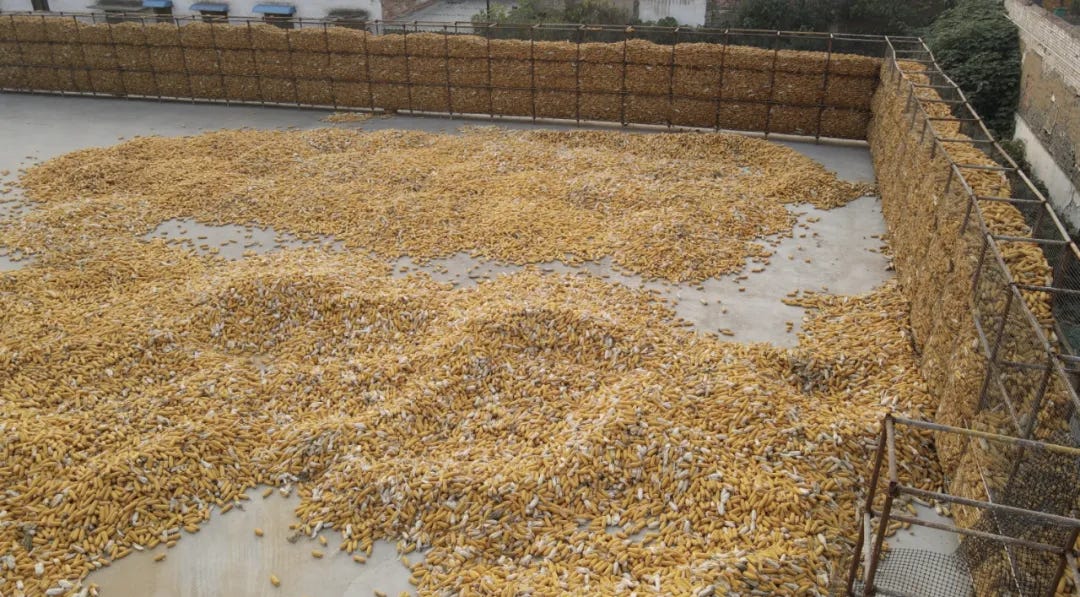
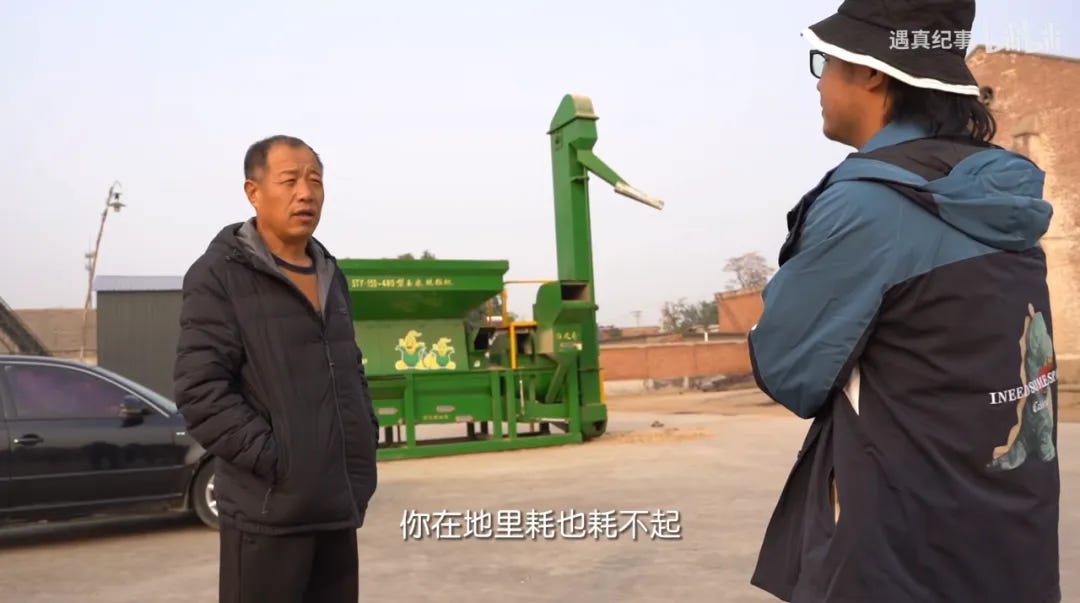
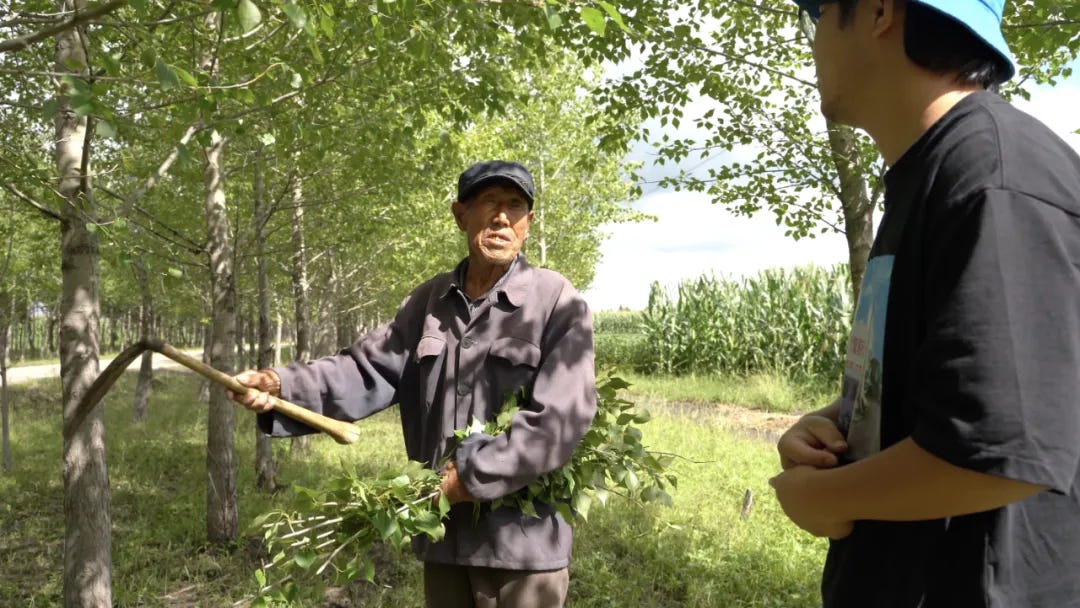
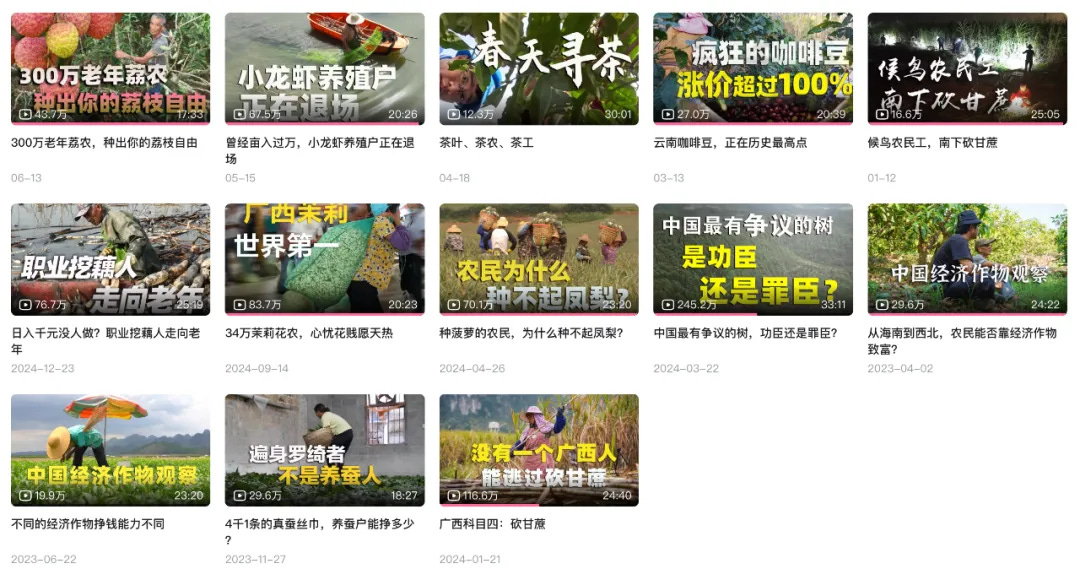
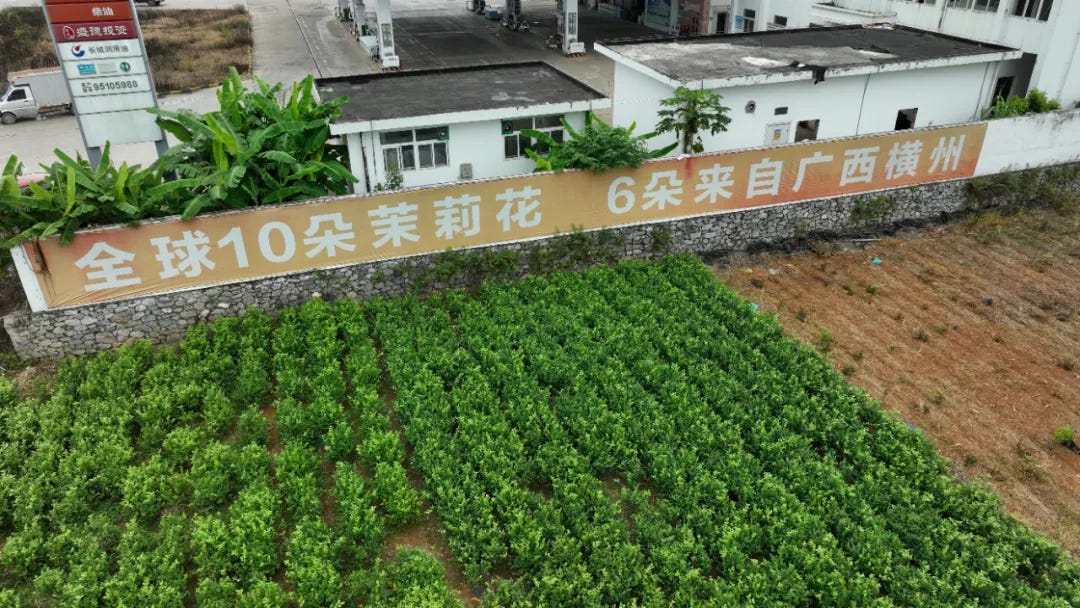


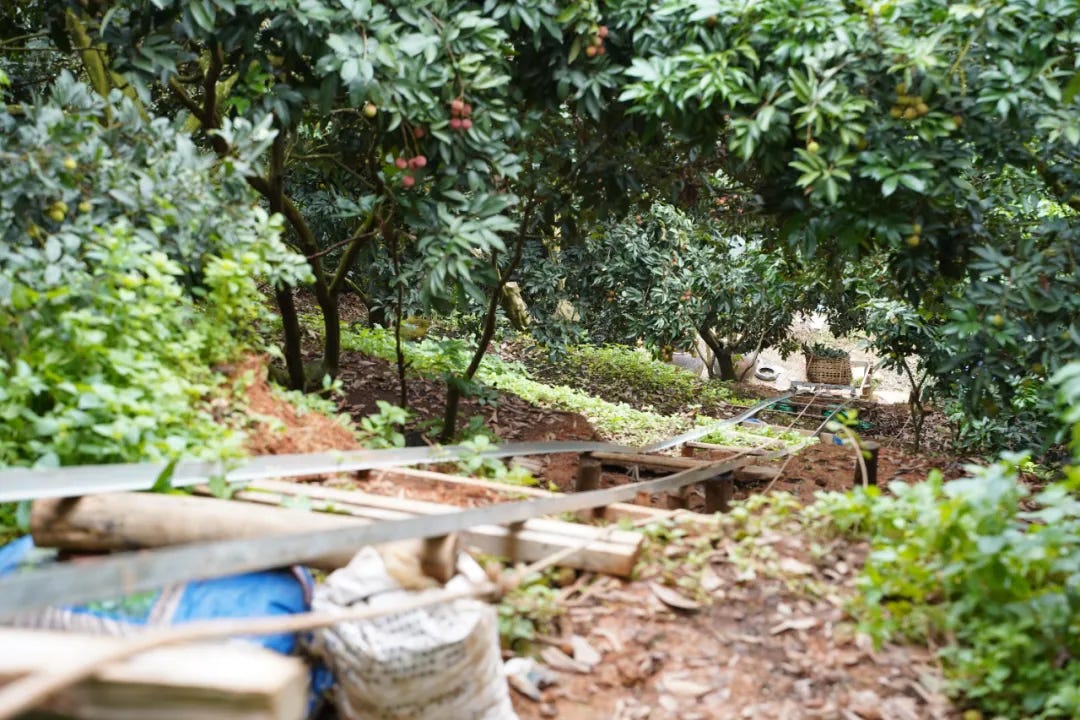
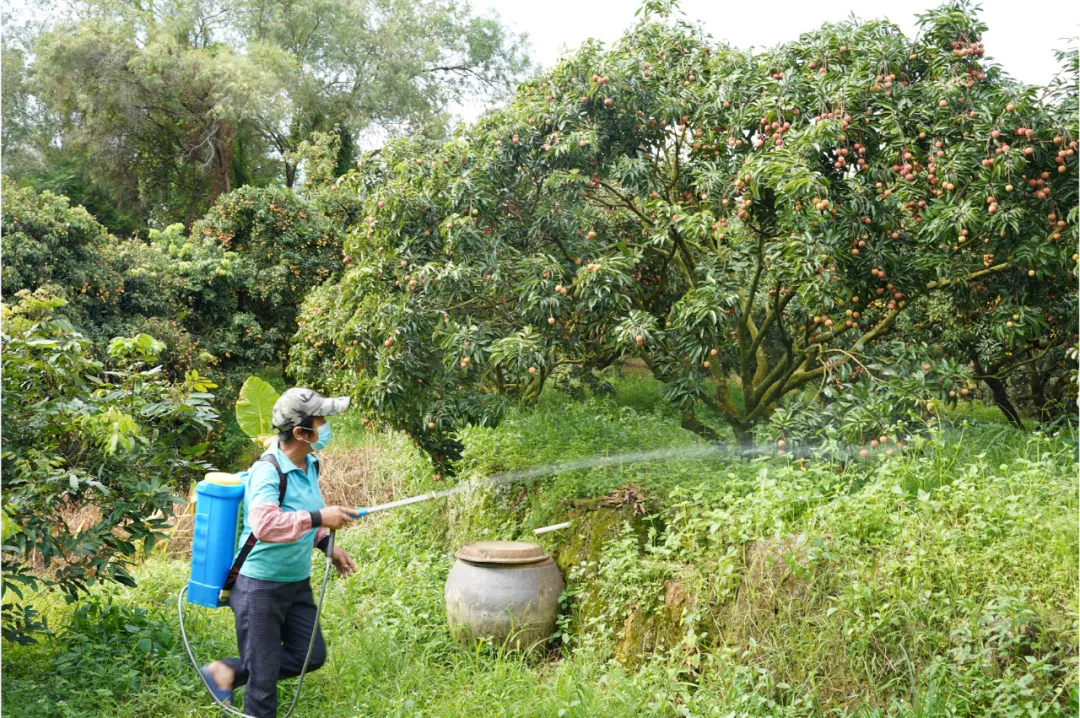

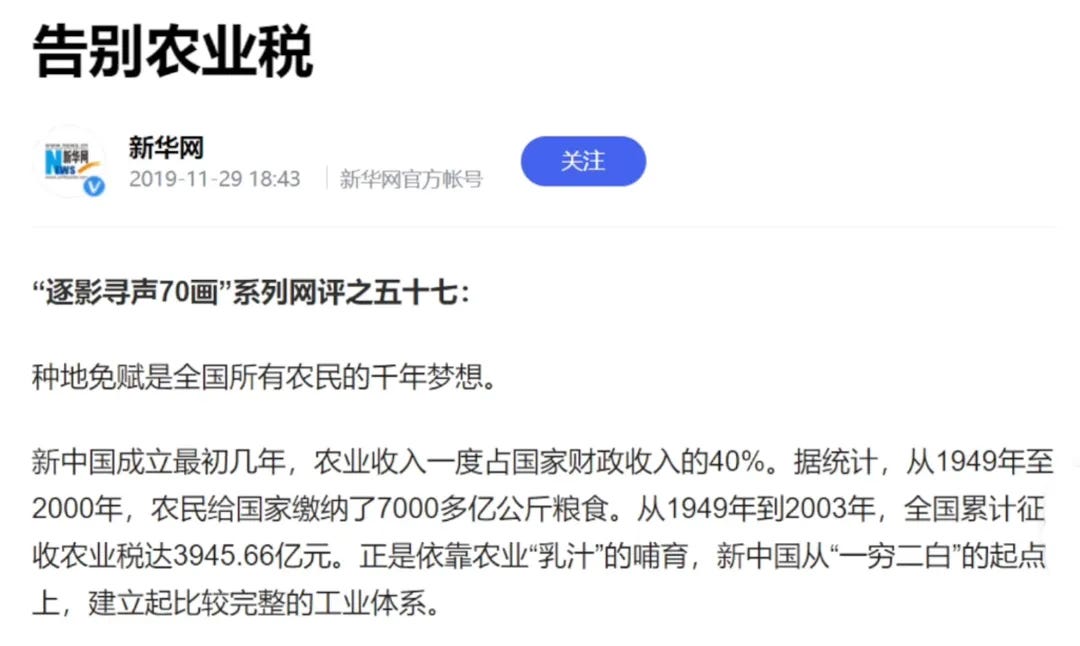
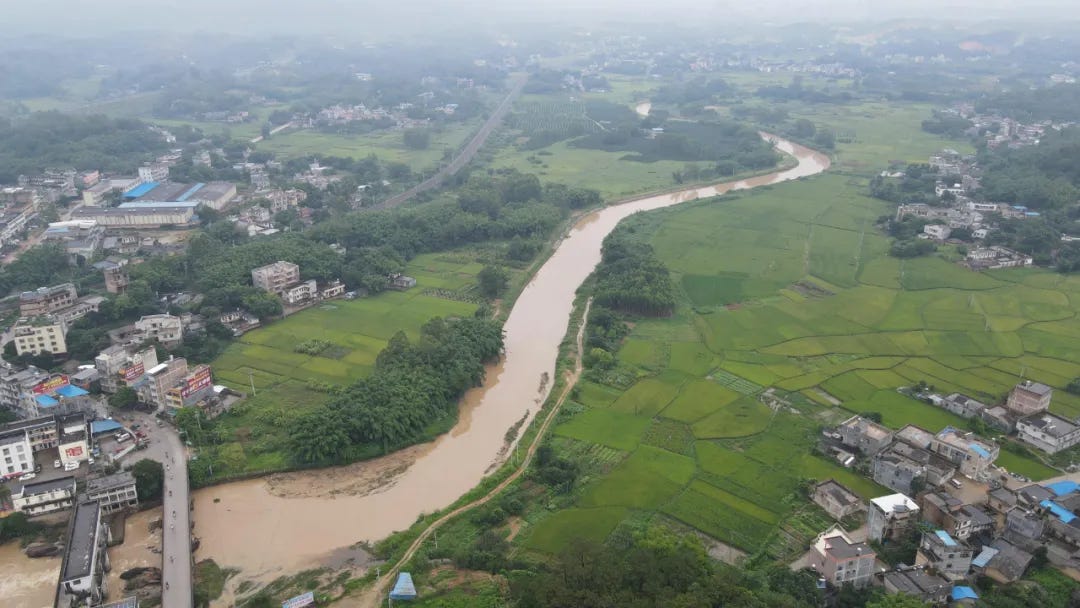

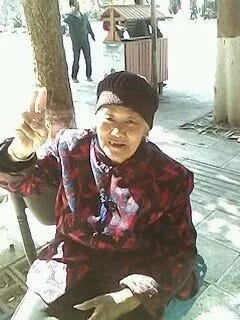
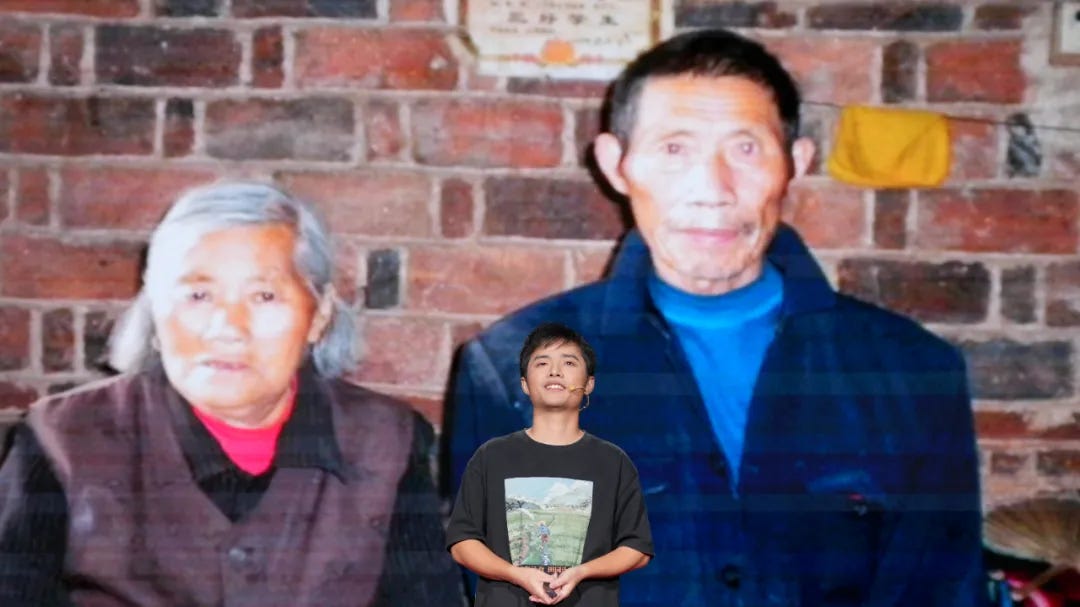
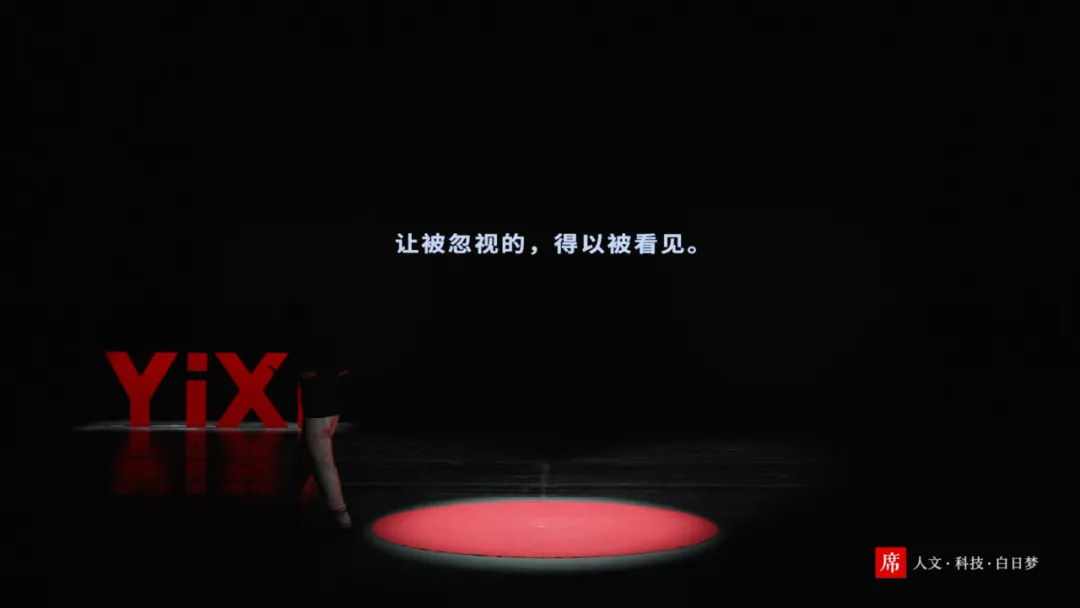




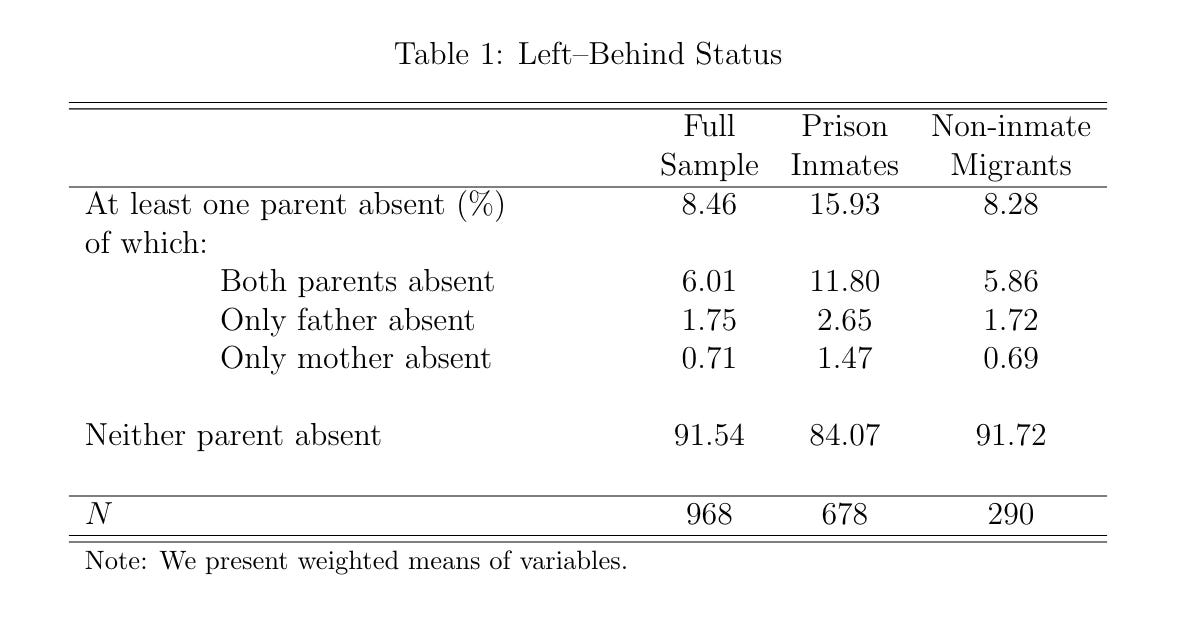
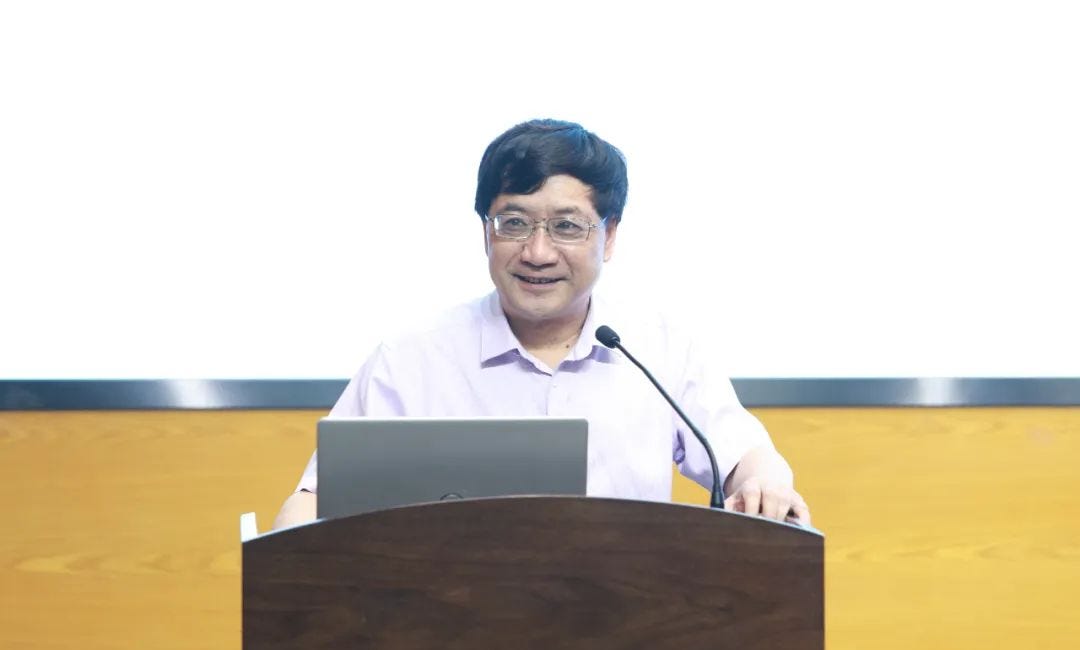


This is so good. I'm 外国人, living in Wuhan for the last 15 years. My brother in law is first generation off the farm in Enshi, Hubei, where his family still resides on the land. When we visit his farm, I'm awed by the last generation to till small farms. I've done my own small documentation of their passing, so I am deeply impressed by your project. Thanks much.